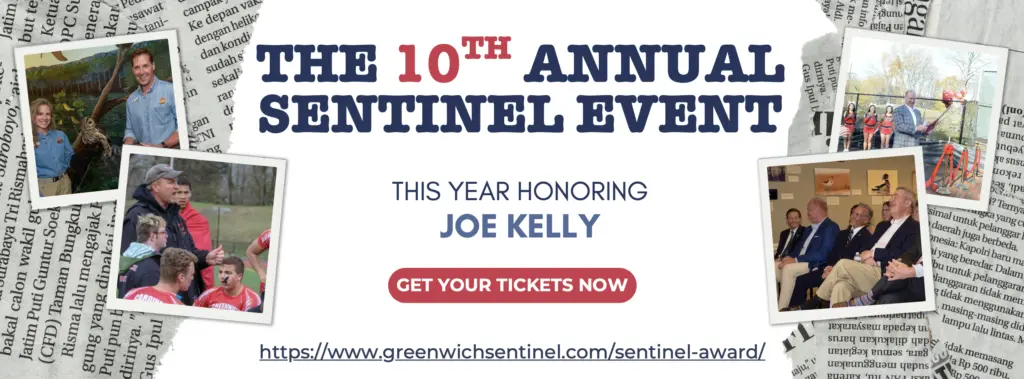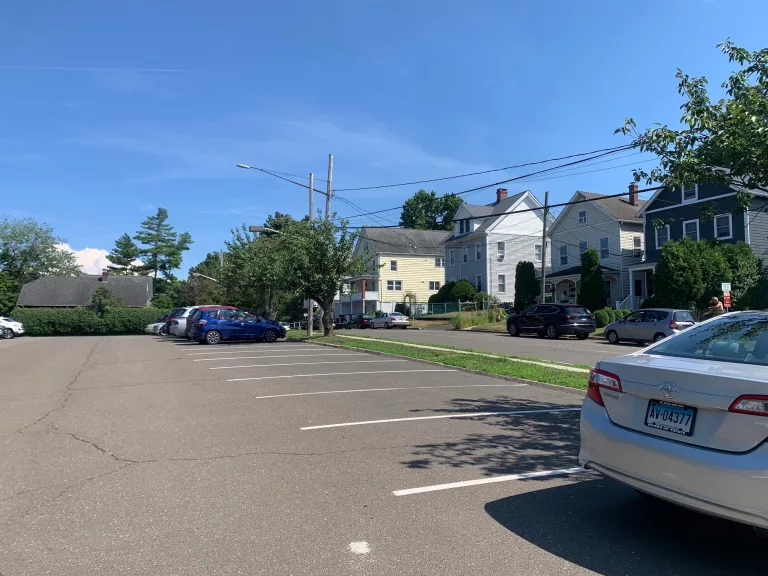By Marek Zabriskie
At some level most of us want a God who is a divine Superman, who is “faster than a speeding bullet, more powerful than a locomotive, able to leap tall buildings in a single bound” and who fights the never-ending battle for truth, justice, and peace.
Instead, we get a Resurrected God who is recognized by his scars, when most of us would prefer a God who is not wounded as we are. Thus, the spotlight falls shortly after Jesus’ crucifixion on an encounter. It is a Resurrection story, where Thomas meets the Risen Christ, not while he is alone but while he is with the other disciples. John alone tells this story.
It is evening – that time that is so difficult for those who have recently suffered a loss. Jesus’ companions are confused, mystified, and paralyzed with fear. They are drained by despair, raw with pain and are gathered in the Upper Room, where Jesus had celebrated the Last Supper.
The doors are locked “for fear of the Jews.” John mentions “the Jews” 71 times in his gospel, sadly setting in motion two thousand years of anti-Semitism. We all seek someone to blame when things go horribly wrong. So, the doors are locked for “fear of the Jews” and one Jew in particular – Jesus. After all, the disciples have denied him, hid while he suffered and abandoned him in his hour of need.
Then Jesus mysteriously appears, like a ghost and greets them in the familiar way, “Shalom” or “Peace be with you.” In Hebrew, it means “May you be whole” or “complete.” How many of us are whole? How often we feel just a fraction of what we know we should or could be.
The disciples marvel. Surely, it cannot be Jesus. Then Jesus shows them his hands, and the disciples recognize him by his words and his wounds and rejoice. Jesus breathes on them and gives them the Spirit. It is the same rarely used word found in Genesis where God breathes on dust and it becomes a human called “Adam.” So, God breathes the disciples back to life.
But Thomas isn’t there when this occurs. He is likely lost in the throes of his own grief. When the disciples tell him, he reacts just as they did when Mary Magdalene reported that Jesus had risen from the dead. He blurts out, “Unless I see the mark of the nails in his hands, and put my finger in the mark of the nails and my hand in his side, I will not believe.”
It’s a brazen statement that reveals the depths of his doubt, but who can blame him? Thomas was deeply skeptical. To suggest that his beloved rabbi is back from the dead sounds like a fairytale, mere wishful thinking. Jesus was put into the tomb. He was dead. Completely D-E-A-D.
A week later, Jesus reappears. Once again, the Risen Christ enters in the midst of community. He keeps meeting with them as they wrestle with this new reality. Thomas is present, and recognizing what he needs, Jesus says, “Touch my hands. Put your finger in my wound.” Ask. Question. Refuse to settle for what the crowd says. Seek the truth, but be ready to relent when you find it.
Some suggest that Jesus is chastising Thomas, but I think that Jesus is being kind. He respects Thomas’ tough-mindedness. Thomas responds, “My Lord and my God!”, which is the most exalted address given to Jesus in the gospels. Resurrection for him was not a fact to be swallowed but an encounter to be discovered in community.
According to tradition, after Pentecost Thomas traveled beyond the limits of the Roman Empire. He journeyed further than any other disciple. Some say he went as far as southwest India. To this day, along the Malabar Coast in the state of Kerala, there are many Christians who belong to the Church of Thomas.
Thomas built so many churches along the way that he is now the patron saint of architects. This is not bad for a man who got his start as a doubter. Thomas is not even his proper name, but a nickname that means “twin.” According to the Gospel of Thomas, his real name was Judas. He was called Thomas or the “twin” in order to distinguish him from the other Judas. But who was the twin of this doubter? Perhaps it is each of us.
Maybe Thomas succeeded greatly as an evangelist because he started as a doubter. He asked the hard questions, risked receiving unexpected answers and had the courage to integrate new knowledge and to change his mind.
There were no eye witnesses to the Resurrection, just eight encounters in the gospels where Jesus’ followers witnessed the Risen Christ. The Spirit of God calls us to be like Thomas – to cross over from skepticism to conviction. If you do so, it will change your life forever.





